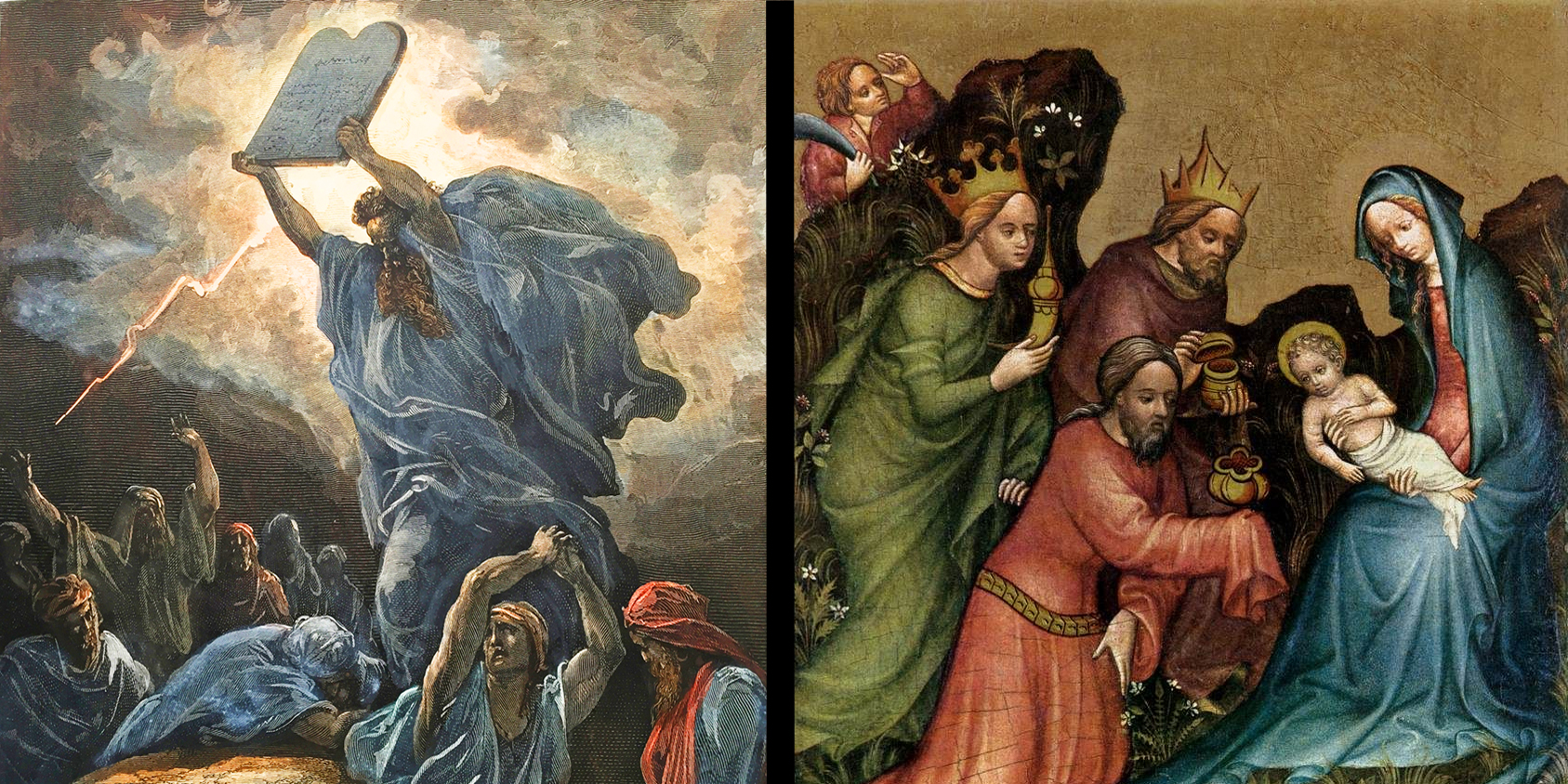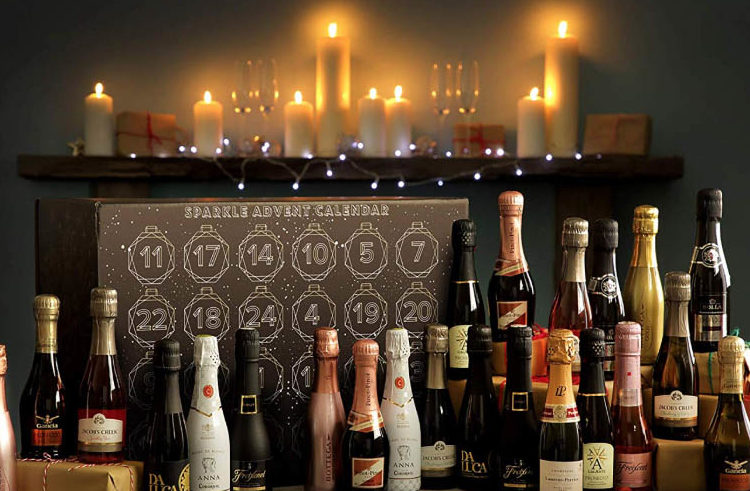
Breaking from the norm of conventional Christmas cards, someone sent us a melancholy card, dripping in satire, that reads, “Cheery and bright have taken the year off. Introducing the ‘reflective and moody’ holiday card.” Funny. Fitting. What are we to do in a pandemic during what is hailed to be the most wonderful time of the year? Some will soldier on with their cheer and traditions despite the pandemic’s shadow. COVID sure hasn’t given Santa the year off, as pictures with Saint Nick are still in full tilt at the local mall. Instead of paying money to make your petitions from Santa’s lap, children now sit masked on a bench six feet in front of a masked Santa as both wave into the camera.
In another strange turn of events, Advent is trending. What has been primarily observed in more liturgical circles as the waiting for both Christ’s birth and return has made its way into pop culture in bespoke fashion. Over at Vox, Alissa Wilkinson provides an historical overview of the swath of Advent calendars in circulation:
Many Advent calendars serve as a way for brands to deliver 24 samples of their products into the hands of potential customers — not a bad marketing move in a month typically associated with spending money … there are calendars for Godiva chocolate, Diptyque scents, Sephora beauty products, Bonne Maman jams and honeys, and dog treats. Pop culture fans can indulge their love of TV shows like Friends or The Office or films including The Nightmare Before Christmas or the entire Marvel Cinematic Universe (by way of Funko Pops).
Whether it’s Santa abbreviations or the repurposing of Advent, I’m not sure any amount of curated tradition will be able to hold the weight of 2020 — let alone distract us from the pandemic knocking at the door. But it is that very bent towards distraction that leads us to latch onto anything offering a retreat from reality.

For myself, I’ve sought my fair share of distractions to occupy this time between the sickness and the cure. Earlier this spring, it was the longboard phase, which coincidentally was also the broken iPhone phase. That ran parallel with the ukulele phase. Then there was the running phase throughout the summer. After that was the DIY phase, where I certainly used power tools in ways they shouldn’t be used. All of these distractions have been to varying degrees therapeutic and have been helpful practices to acquire. But they have also, on my worst days, provided a tally to prove that this time has not been wasted.
I am a product of what T. S. Eliot critiqued about society almost 100 years ago: that humans are driven by
The endless cycle of idea and action,
Endless invention, endless experiment,
Brings knowledge of motion, but not of stillness …
So sums up our year (and many of our years if we’re honest) as many opt for “knowledge of motion but not of stillness.” If 2020 has taught me anything, out of all of the hobbies and heartbreaks, stillness is the most elusive treasure. It is a treasure gifted and not acquired. An undeserved relief in the midst of chaos within and without. It is a treasure my wayward heart often abandons for the plow of productivity in all periods of Advent waiting.
I think Karl Barth was right when he said, “What other time or season can or will the Church ever have but that of Advent?” Advent is the space between the “now” and “not yet,” the time when reality is not escaped, but embraced in all of its darkness. It is a season of self-examination, preparation, and confession. With the cries of John the Baptist for repentance, Advent is a judgment on our endless motions without stillness, a law that reminds us of how much we and this world need the savior we eagerly await.

Certainly, certainly, certainly, the Christian posture of waiting in the midst of delay should be filled with good endeavors — yes, even longboards, running, ukuleles, and power tools (though probably not as much cursing as comes from using said power tools). But Advent can only be hopeful if there is a Christmas willing to break the endless cycle. To break our endless cycle.
Instead of featuring Jesus’ birth narrative in his Gospel, John begins like this: “The light shines in the darkness, and the darkness has not taken hold of it.” At the center of that spark is the God who acts on behalf of his people, who cannot act for themselves. This reality plays no favorites. The pious and proud, the lost and lonely, the religious and the renegades; God meets us in our 2020, our distractions, our heartaches, our justifying busyness, and our unknowns.
Right before the angels show up to the shepherds with the news of Jesus’ birth, the Gospel of Luke makes note that it is still night, But the good news the angels bring declares the opposite: “Fear not, for behold, I bring you good news of great joy that will be for all the people. For unto you is born this day in the city of David a Savior, who is Christ the Lord.” The angels’ news of morning stands in defiance of the blanket of darkness over the shepherds’ field and the sun still hidden from the horizon. Not far away, God’s promise cries from a crib in Bethlehem. The voice of Jesus wasting no time in splintering the dead of night.

COMMENTS
Leave a Reply












